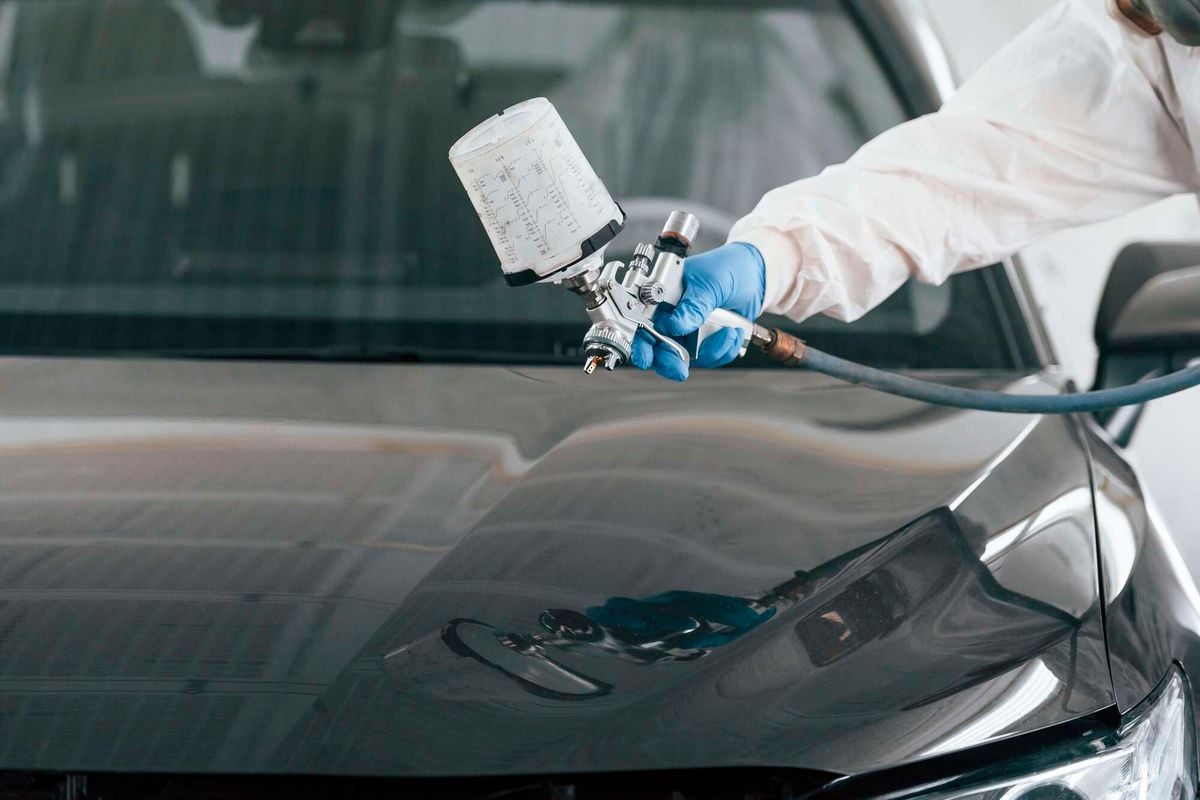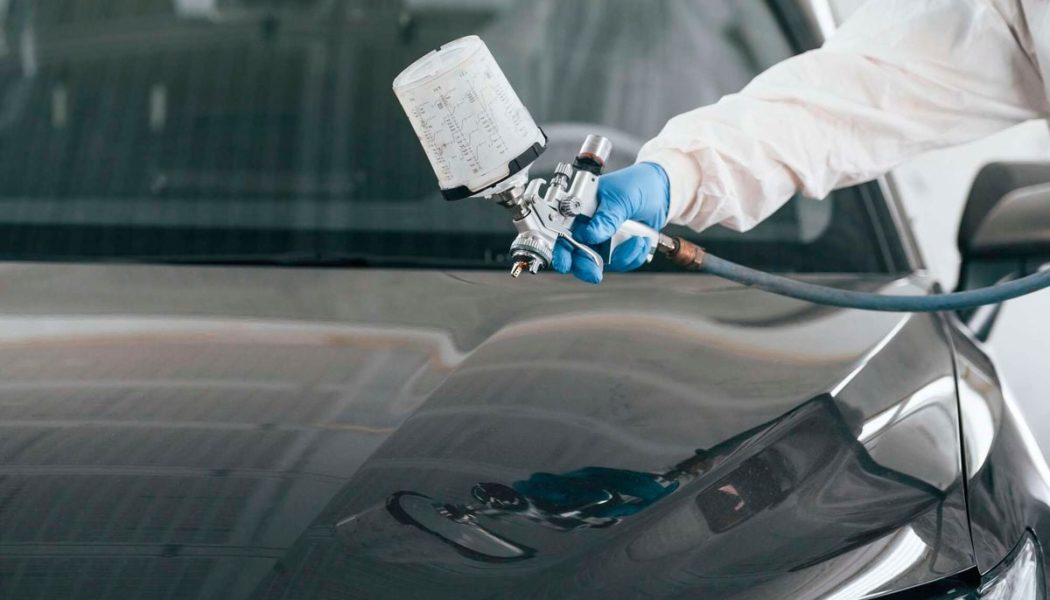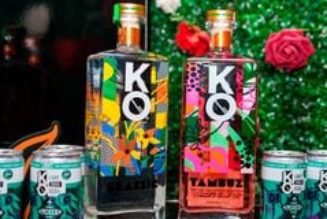
Your recent piece on different levels of car polish was interesting. What is the remedy for really faded, deeply stained and possibly scratched paintwork? Is a respray the only solution, or are there other products that can be used? Joe.
There are several things you can use to tackle severe stains and discolouration that even the most effective polishes cannot remove.
The first “next step” is a product that is widely available and generically known as T-Cut. It is not waxy, and it is not a polish. It is a milky liquid applied and removed with a cloth, with active chemical and physical ingredients that “cut” into the surface layer of paint more deeply than polishes.
Deeply enough to get rid of more stubborn stains and restore cleaner colour. But also, deeply enough to remove the gloss surface and leave a “matt” finish.
And deeply enough that complete body treatment should be considered only once or twice in a vehicle’s lifetime, not as a routine substitute for diligent washing and occasional polishing.
T-cut can be used on specific parts of the paintwork or all of it, depending on the nature of the problem and the overall condition. To restore gloss will require a thorough wax polish thereafter.
T-Cut can also be used, with gentle discretion, on details that washing consistently misses – along seams and in nooks and crannies around trim pieces and badges, etc.
The need can be avoided if, after general washing, the process includes follow-up “detailing” – with a cotton bud or a toothbrush – that a cloth has missed.
If this is not done, over time thin lines of brown dirt will accumulate and eventually become almost permanent stains – in places barely noticeable at a glance but making the purist visual difference between an old car (even a smart one) and a brand new one.
A currently common demand is for something to remove the stains that develop – after no washing for many years – behind number plates (the new ones are not always the same size as their predecessors).
For small areas of blemish the next step could be a rubbing compound. The gentlest is known as jeweller’s rouge for glass and there is range of more severe options to remove scratches that have not gone right through the paint.
Next in severity is so-called “grinding paste”, which contains no-nonsense crystals of silica in a matrix of oily grease. This is mostly used for polishing unpainted surfaces – to get rid of carbon deposits on engine valves, for example. It is, quite literally, liquid sandpaper. It also has different grades and might be sold in a double-ended tin with fine and coarse compartments.
Fine sandpaper and wet-and-dry emery paper can also be used, usually preparatory to touch-up spray.









